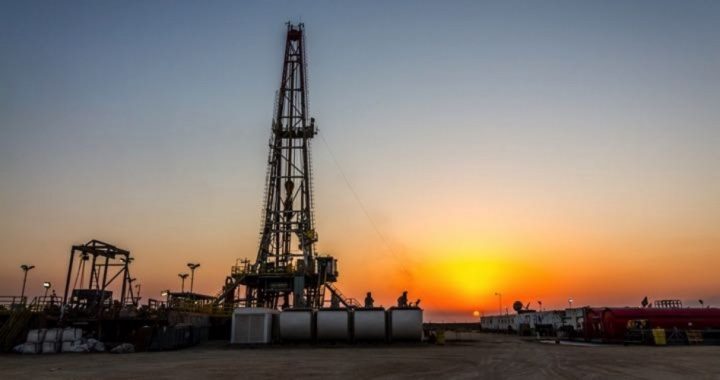
Two recent reports confirmed the preeminence of the United States in its production of crude oil and its related derivative, natural gas. Earlier this month British Petroleum (BP) released its “Statistical Review of World Energy” for 2019 in which it reported that the United States extended its lead as the world’s top oil producer to a record 15.3 million bpd (barrels per day): 11 million bpd of crude and 4.3 million bpd of natural gas liquids (NGL) in April.
BP added that the United States led all global oil producers by increasing its production by more than two million bpd in 2018, 98 percent of the total new global production.
Friday’s report from the U.S. Energy Information Agency (EIA) overshadowed that from BP, noting that in April the United States produced 12 million bpd, with estimates that that number will approach 20 million bpd in five years or less.
The implications flowing out of the fracking revolution in the United States continue to astonish even casual observers. First, as Robert Rapier noted, writing for OilPrice.com, “Without the U.S. shale oil boom, oil prices would have never dropped below $100 a barrel.” Translation: Without the fracking revolution, gas would be selling for more than $4 a gallon, rather than the $2.60 a gallon, the current U.S. average.
Second, the United States is enjoying nearly complete self-sufficiency by producing nearly all the oil and natural gas the country needs. The only imports are of heavy crude that now come largely from Canada. The bulk of that heavy crude used to flow through the Strait of Hormuz but that flow has slowed to a trickle: about 1.5 million bpd. To put that into perspective, the world’s energy companies produce around 100 million bpd.
Its position on the catbird seat also means that the threats by OPEC — which just announced that it will extend its production cut of 1.2 million bpd well into 2020 — mean little. OPEC used to be the big dog in the global market, manipulating output as the cartel wished, without concerns about other producers’ ability to offset its machinations. Those days are over, despite the announcement on Saturday. Interestingly it was Russian President Vladimir Putin who made the announcement at the G-20 meeting in Osaka, Japan, and not a spokesman for the usual leader, Saudi Arabia. Said Putin: “We will support the extension, both Russia and Saudi Arabia.… We will support the continuation of the agreement … in both Russia and Saudi Arabia … in the volumes previously agreed.” The OPEC meeting which takes place on Monday and Tuesday in Vienna is expected to rubber stamp Putin’s announcement.
In the past such announcements would have rattled the markets and driven oil prices higher. Instead world oil markets just yawned.
Politically the impact of the oil shale boom is enabling President Trump to tell the Middle East oil producing countries to fend for themselves, that it’s no longer in U.S. interests to be the world’s policeman overlooking the Strait of Hormuz. That was the message delivered when the president decided not to launch military retribution onto Iranian oil or military installations when it shot down an American drone surveying the area last week.
While oil prices have jumped lately, the underlying cause isn’t economic but political. Sanctions on Iran and Venezuela — formerly among OPEC’s largest producers — have resulted in severe supply disruptions. But U.S. oil shale producers are making up the difference, which is why oil prices fell off on Friday.
That is not to say that that industry isn’t without its problems. Rystad Energy reported in May that out of the 40 top U.S. oil shale companies only four are showing profits. That fact is causing energy investors to pressure fracking companies to turn a profit soon or lose their financing. Rystad made clear what’s at risk if they don’t: “With negative cash flows, shale companies have historically relied on bond markets to finance their operations. Without additional funding [however] … capex [continued investments in developing new production] will be cut.”
Alisa Lukash, Rystad’s senior analyst, pointed out the size of the gap these companies have created between revenues and expenditures: “The gap between capex and [cash flow from operating activities] has reached a staggering $4.7 billion. This implies tremendous overspend, the likes of which have not been seen since the third quarter of 2017.”
On the whole the United States is enjoying its new role as leader in the global energy markets. It is proving once again the old adage, “There aren’t too many problems that can’t be solved by sufficient production.”
Photo: iStock / Getty Images
An Ivy League graduate and former investment advisor, Bob is a regular contributor to The New American, primarily on economics and politics. He can be reached at [email protected].



